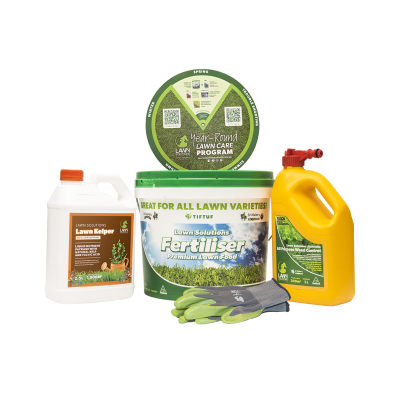Water Tanks
In times of drought we can all do our bit to ease the pressure on our water suppliers. One way is to install a water tank, which can collect rain when it does eventually fall. A tank provides many benefits, including lowering the use of mains water, helping with water restrictions, assisting in times of bushfires and preventing stormwater run-off. However, before you shower yourself in these rewards there are several things to know and consider.
The most important thing to know is that setting up a tank is not a DIY task; a licensed plumber must install your tank and the installation must meet your water supplier and council’s requirements.
How does a tank system work?
Essentially, a tank collects rainwater from the roof. Usually a pump is connected, most often on the ground next to the tank, to pump the collected water from the tank to toilets, a washing machine and to outdoor taps.
What size is right for you?
The size of your tank depends on variables such as what you intend to use it for (e.g. toilets, washing machine, outdoor irrigation), your available space, annual rainfall, and catchment area, i.e. your roof dimensions. Talk to your plumber about what you’d like and find out what is permitted in your area from your water supplier and council. There are numerous online calculators available to give you a guide for the size you might require.
What material is best?
Tanks are made from concrete, plastic (polyethylene), fibreglass and steel. Concrete tanks are often stored below ground because they can handle a lot of weight.
A typical backyard set-up is a 1000L polyethylene, slimline tank that sits on a concrete base. The polyethylene is UV stabilised so it lasts a long time outdoors. Polyethylene tanks provide good all-round features, though they can’t be recycled at the end of their life.
Fibreglass tanks resist corrosion, but because light can pass through them, they require a protective coating to reduce algae growth.
Steel tanks may be galvanised or stainless. These tanks are often used to store large amounts of water.
Above or below ground?
Above ground tanks are more common, but you can store a tank under a driveway or even beneath your home. Both below ground options are best installed in new builds. A tank that stores water in a bladder can also be used if there is space beneath your house or a deck.
Do you need a pump?
You’ll need a pump if you’re connecting your tank to internal piping and if you’re on flat ground. You may get away without a pump if your tank sits high enough to generate adequate pressure by gravity. Pumps can sit on the ground (usually next to the tank) or in the tank. On-ground pumps last longer, but in-tank pumps are quieter.
A simple set-up for lawn irrigation
If you just intend to use your tank to water your lawn, you may not need a pump at all.
Though if you do employ a pump, you can incorporate a pop-up sprinkler system.
The best spot for a tank
Consulting a plumber is essential to ensure the right placement for a tank. Keep in mind though, you want to minimise plumbing work and maximise the catchment area of your roof. You’ll also need outdoor power for a pump. Lastly, it’s best to place a tank in a shaded area to avoid deterioration of the construction material.
Form a little think tank…
… with a plumber to determine the size and type of tank to suit your property and uses. More information on the use of rainwater tanks is available in this guide:
https://www1.health.gov.au/internet/main/publishing.nsf/Content/ohp-enhealth-raintank-cnt.htm


